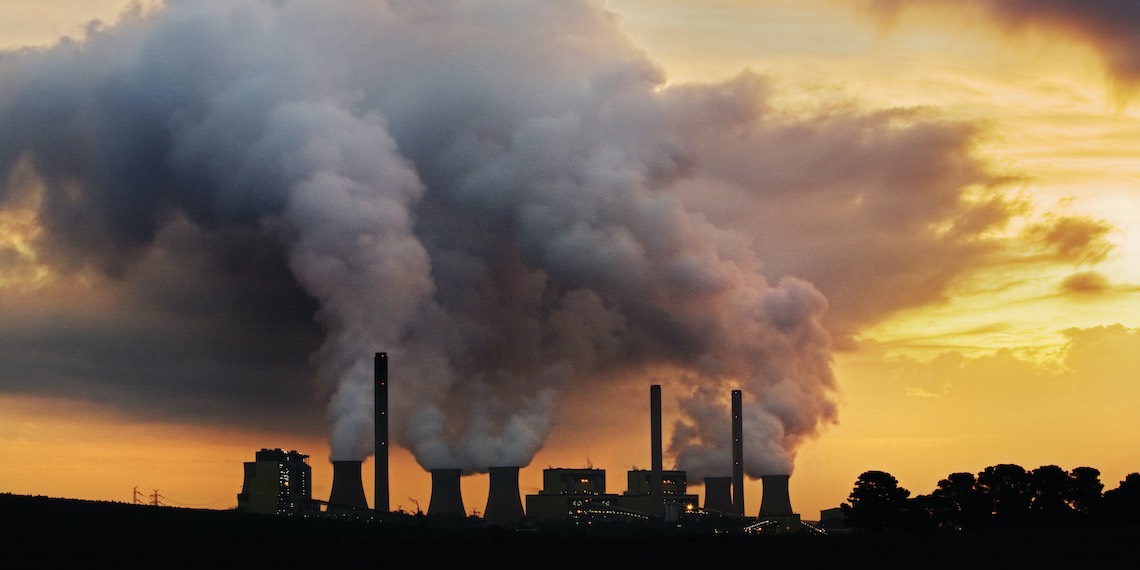Mitigating mercury contamination in estuaries near coal plants

Many estuaries across Australia are at increased risk of contamination by metals, particularly mercury, from nearby coal-fired power plants and associated ash dams, but recent research from Monash University and the Australian National University (ANU) has set sights on mitigation strategies.
Coal-fired power plants are often located near estuaries, which provide a water resource for industrial processes, but major coal deposits in Australia are often located near the coast, too.
Coal power generates 60% of Australia’s electricity, but there has been little understanding of how these plants have contributed to mercury accumulation in aquatic sediments.
Researchers have assessed the impact of high levels of mercury in the sediments of Lake Macquarie, NSW, resulting from nearby coal-fired power plants, with insights set to assist in determining appropriate mercury-mitigation strategies and provide evidence for retrofitting power plants with emission control tools.
Monash University Department of Civil Engineering’s Dr Anna Lintern and ANU Institute for Climate, Energy and Disaster Solutions’ Dr Larissa Schneider say it’s critical to understand mercury — or Hg — emissions and impacts on nearby estuaries, so that appropriate management strategies can be implemented.
“A key challenge in managing contamination of waterways is identifying the source of contaminants,” Lintern said.
“In the context of Hg, it is important to identify whether Hg in aquatic systems is coming from atmospheric emissions, or from the ash dams associated with coal-fired power plants, so that targeted Hg management strategies can be designed and money isn’t being wasted on strategies that don’t address the biggest source of Hg.”
Management strategies
Potential management strategies include bag filters or wet flue gas desulfurisation, which controls atmospheric emissions, or recycling water from ash dams to prevent overflow into receiving waters.
Previous studies have used mercury isotopes — types of mercury with different numbers of neutrons produced from different environmental and human-related processes — to identify sources of the metal. Lintern and Schneider will be incorporating a new approach to help determine where mercury is coming from in coal-fired power plants.
The study assessed the level of deposition and distribution of mercury in the sediments of Lake Macquarie, using stratigraphic records, statistical, hydrodynamic and atmospheric modelling.
“As part of this study we reconstructed the historical deposition of Hg in sediments of the lake for the last 100 years to identify the impact of coal-fired power plants and atmospheric emission management strategies on Hg levels in aquatic sediments,” Lintern said.
“We then used statistical, hydrodynamic, particle density and atmospheric modelling to identify whether Hg in the aquatic sediments were coming from ash dams or from atmospheric emissions from coal-fired power plants.”
The findings could be used to better understand the impact of coal combustion on mercury accumulation in Australia, thereby filling the knowledge gap identified by the United Nations Environment Program, Schneider said.
“Australia is currently at odds with many of its traditional international partners, such as Japan, the United States, Canada, United Kingdom, which have extensive information on Hg emissions and accumulation trends in aquatic sediments dating back to approximately the 1850s,” she said.
“The data indicate that in these countries, current Hg accumulation is 3.6 times greater than what it was prior to industrialisation.
“In Australia, more comprehensive studies are required on how Hg accumulation and deposition have changed water bodies from prior to the construction of power plants to the modern era.”
Furthermore, the findings have the capability to be applied across other aquatic systems globally to aid decision-making regarding monitoring and mitigating mercury pollution from coal-fired power plants.

